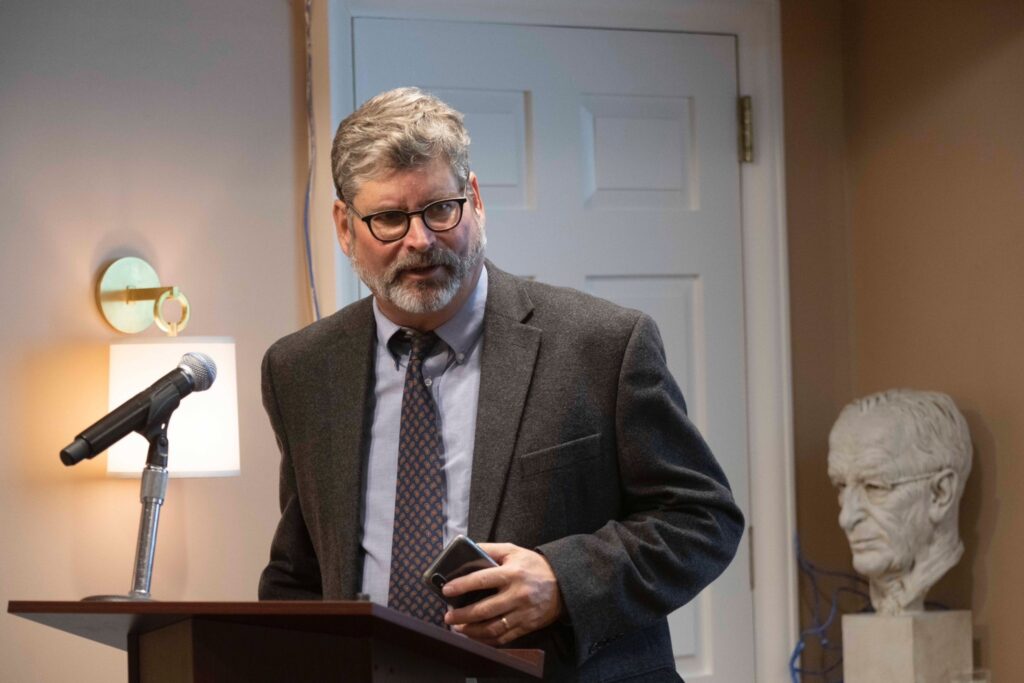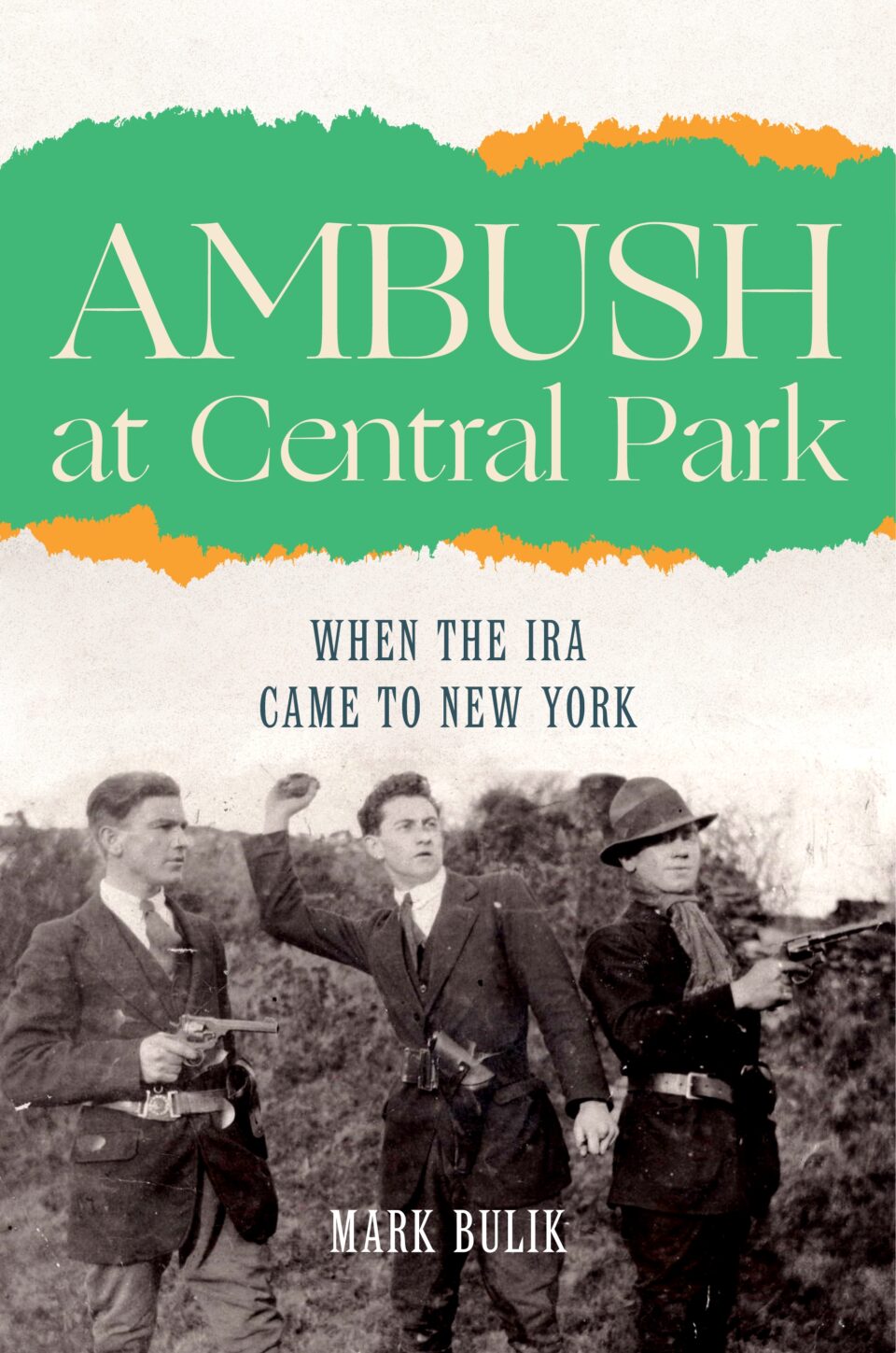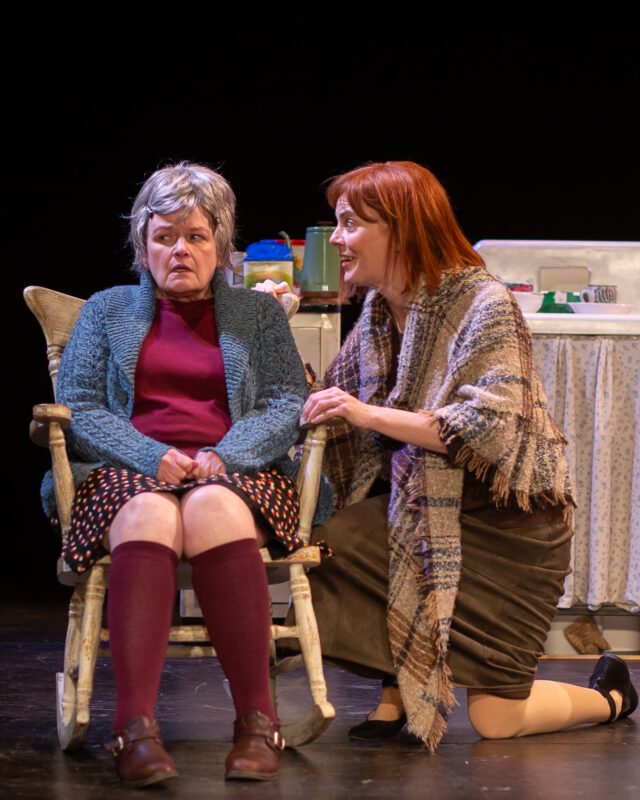At the heart of journalist Mark Bulik’s exhaustively researched book, “Ambush at Central Park: When the IRA Came to New York,” there is the story of a bold plot to kill an informer, one Patrick Joseph “Cruxy” O’Connor, who had made his way to New York City in hopes of eluding the Irish Republican Army’s grasp.
But there is so much more to this book.
You’ll learn rich details about the operations of the Cork IRA and its leadership during the War of Independence. There are colorful cloak and dagger stories of the IRA’s undercover operatives. One prominent Philadelphia-area character also plays a role: Clan na Gael leader Joseph McGarrity, the IRA’s money man in America and the financial backer behind an audacious plot to ship hundreds of Thompson submachine guns to Ireland.
“Essentially, what I was trying to do was tell the story of the Irish Revolution by telling what happened to these four guys from the same neighborhood in Cork – O’Connor, the informer, and the three men who ambushed him in New York,” Bulik explains. “They all knew each other and had served in the same IRA unit. And in telling their stories, you can tell the story of the Irish Revolution and America’s role in the revolution.”
Bulik, author of a previous book, “The Sons of Molly Maguire: The Irish Roots of America’s First Labor War”, first became interested in writing about the IRA when a reviewer happened to mention another book, this one about the War of Independence penned by historian Peter Hart. In that book, there was a one-sentence reference to the IRA effort to shoot an informer in New York. “I had never heard of the IRA actually engaging in military operations in the United States of America,” Bulik says. “My day job is at the New York Times, so it was easy to pull up the newspaper archive from the day after the shooting, and there it was, splashed all over the front page. That got me intrigued, and I started sniffing around online.”

Mark Bulik
It took some meticulous digging, but much to his surprise, Bulik discovered a treasure trove of IRA reminiscences in an archive in Dublin. In the 1930s, the Irish government began awarding pensions to veterans of the War for Independence. The IRA veterans who fought during the war had to provide an accounting of their actions during that time in order to qualify. The Irish government made all of these stories available for public consumption online 10 or 15 years ago, he says. These accounts could be exquisitely detailed.
“I stumbled upon a firsthand account of the shooting, everything that led up to it, and what happened afterward from the trigger man, Danny Healy,” Bulik says. “It was just amazing. You could get all of this tremendous detail and what people were thinking. It’s not often you get to know what’s going on in someone’s head from a hundred years ago, but the witness statements and the pension applications told you that and it was a gold mine for someone interested in history.”
A key element remained missing from the story: a one-page redaction, in which Healy described actually pulling the trigger. “I wanted that page badly,” Bulik says.
So, he sent an email to the Irish government if there was any chance that they could find it and send to him.
As luck would have it, he didn’t have long to wait.
“When I woke up the next morning, I came downstairs, had a cup of coffee, looked at my phone, checked my email, and there was the missing page,” Bulik says. And that was critical.”
As Bulik pored through the account of the operation, one thing became clear: the IRA hit squad was not the best at hunting down Cruxy O’Connor in New York City, an ocean away from home.
In some sense, they were conducting a missing persons investigation, but they were ill-equipped to do so. “They were much more skilled at killing policemen in Cork than they were at tracking down one man in a crowded city,” Bulik says.
They knew one thing, Bulik says – that O’Connor worked at a department store in Manhattan. So, they staked out the store, hoping for a glimpse, but O’Connor spotted them and stopped going to work. The trail went cold for a while – and there is the suggestion that the lads were also taking advantage of the pleasures of New York City.
“Finally, they came up with the thought that they should check his last known address,” Bulik says. “They had gone there before, but he had moved. Somebody finally had the bright idea, maybe we should go back there and see if anybody knew where he had moved to, and they managed to find out where he had moved to, and that’s how they finally tracked him down.”
Once the hit men knew that information, they lay in wait – and that led to the shooting at 84th Street and Central Park West, which even then did not go off without a blundering hitch or two, and the presumptive success of their mission.
Here’s where Joe McGarrity comes in.
The trio made their way to Philadelphia, there to take shelter in McGarrity’s home before making their way back to Ireland.
That visit was surprising to Bulik. Many of the well-known revolutionaries – Éamon de Valera, for one – had stayed with McGarrity. But to harbor a team of IRA assassins? That was another thing altogether.
“On the one hand, it wasn’t surprising that they went to see him,” says Bulik. “On the other hand, de Valera was a politician. These guys were wanted for a felony crime in a neighboring state. They were on the run after the ambush when they gunned down O’Connor. So, they essentially made McGarrity an accomplice after the fact. That’s a little surprising.”
McGarrity comes into the story at another point. There’s a colorful accounting of McGarrity’s role in the gun-running plot in another chapter, a role he shared with numerous others, including the Carmelite order in New York, which was sympathetic to the cause of Irish freedom, and even the Hoboken police. That’s the level of detail in this book.
There are plenty of other tales as well, including an IRA plot to poison O’Connor while he languished in Cork’s Victoria Barracks. An IRA woman spy dressed up as O’Connor’s mother and delivered a home-cooked meal, Bulk says, “laced with enough strychnine to poison a regiment.” The plot failed when the real Mrs. O’Connor got past the IRA operatives assigned to detain her and she stopped O’Connor before he had a chance to consume what would have been his last meal on earth. Yet another gem, Bulik says, uncovered in the archives.
Questions remain about “Cruxy” O’Connor, described in the book as a disagreeable, disliked character. “He was not popular,” says Bulik, who grew up in Ridley Park, Delaware County. “He had a bad temper. He’s not someone I would have ever wanted to sit down and have a beer with.”
Was he really a traitor, or was he placed under such duress by the British – faced with the prospect of execution for carrying a gun to a church service – that he had no option but to turn on his comrades?To find out, you’ll have to read “Ambush at Central Park.” We heartily recommend it.




